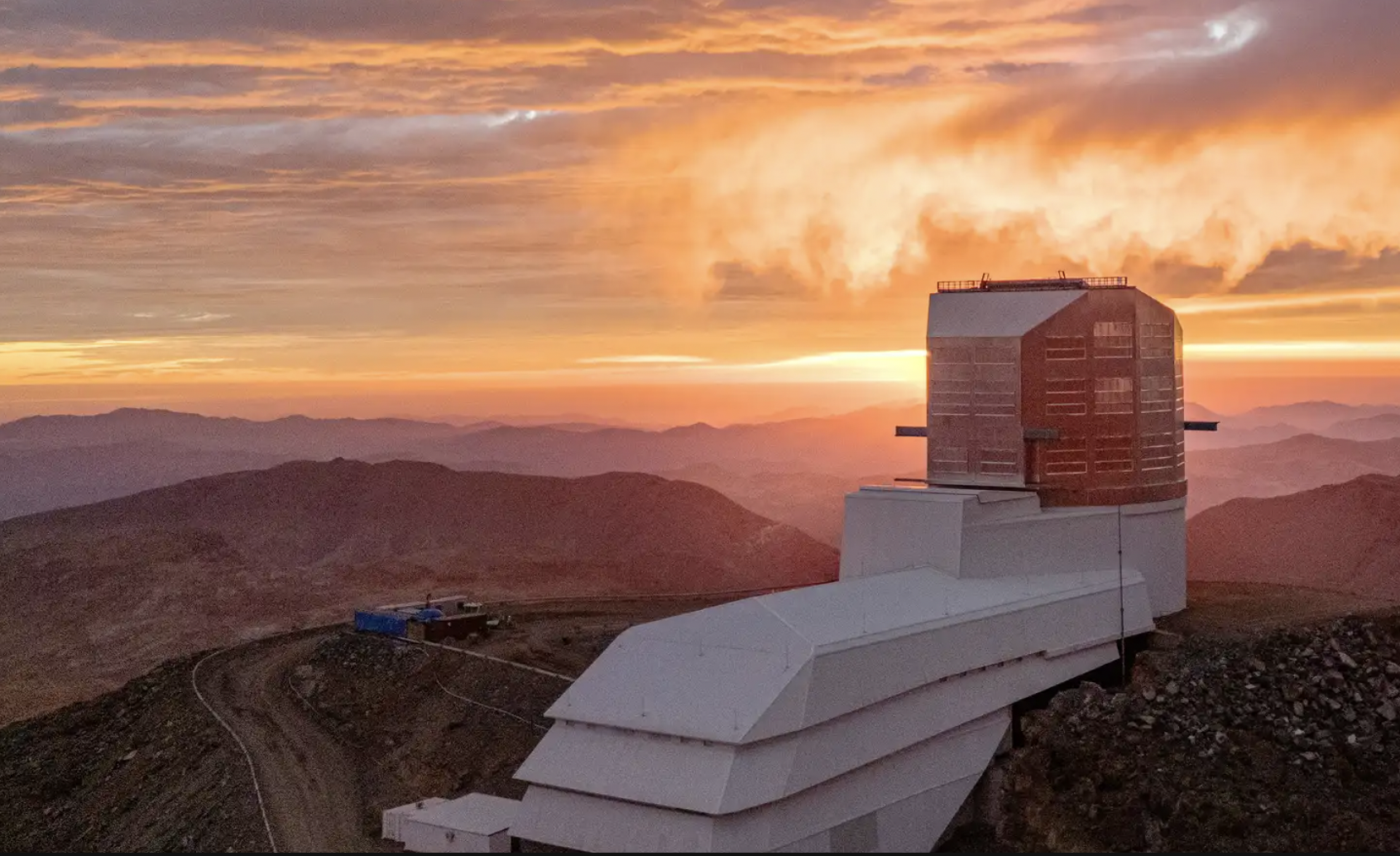News
University of Washington celebrates Rubin Observatory’s debut — and looks ahead
June 27, 2025 | GEEKWIRE | by Alan Boyle
It’s been more than two decades since the University of Washington helped kick off the effort to get the Vera C. Rubin Observatory built in Chile — and now that it’s finished, UW astronomers are gearing up to get in on the first decade of discoveries. The university’s role in the past, present and future of the […]
Read More »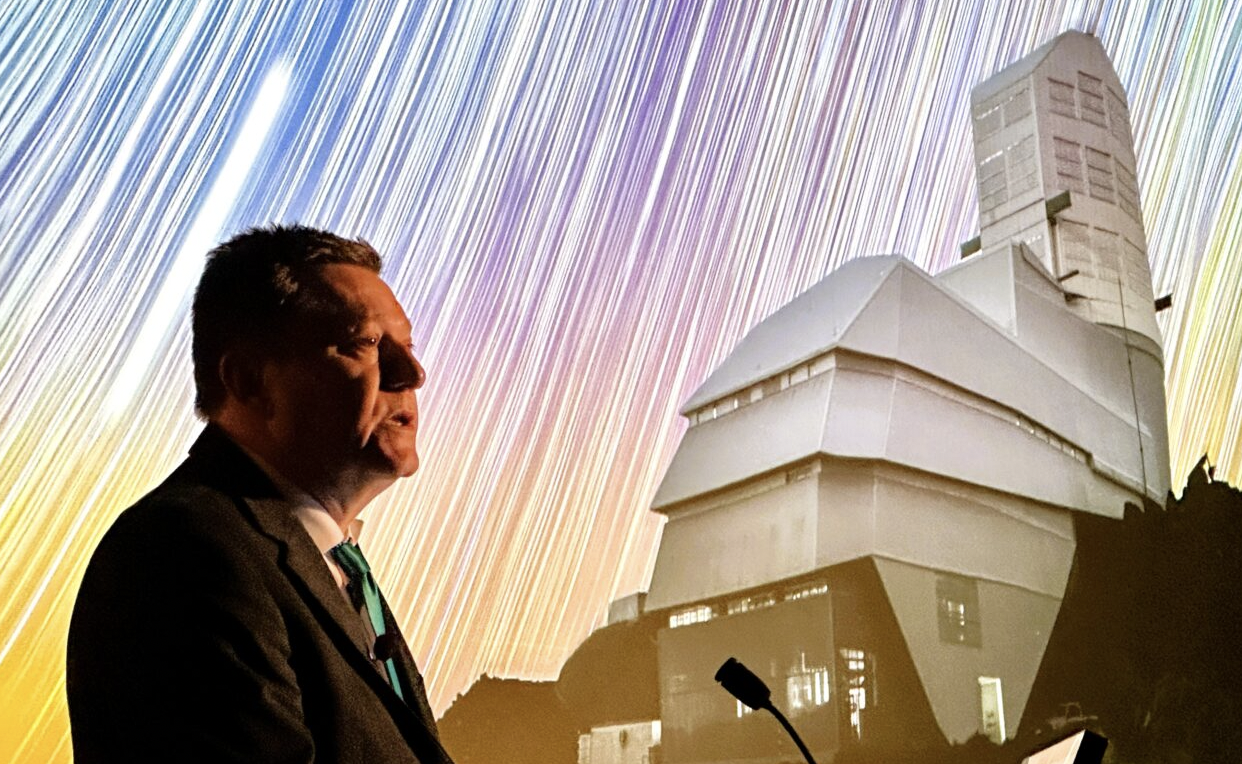
UW helps bring the cosmos into focus as the Vera C. Rubin Observatory unveils a new glimpse into the solar system
June 24, 2025 | UW News | by Jackson Holtz
A new era of astronomy and astrophysics began Monday when the first images captured by the NSF–DOE Vera C. Rubin Observatory were released, demonstrating the extraordinary capabilities of the new telescope and the world’s largest digital camera. Officials in Washington, D.C., unveiled large, ultra-high-definition images and videos, as well as discoveries of thousands of new asteroids. Astronomers and […]
Read More »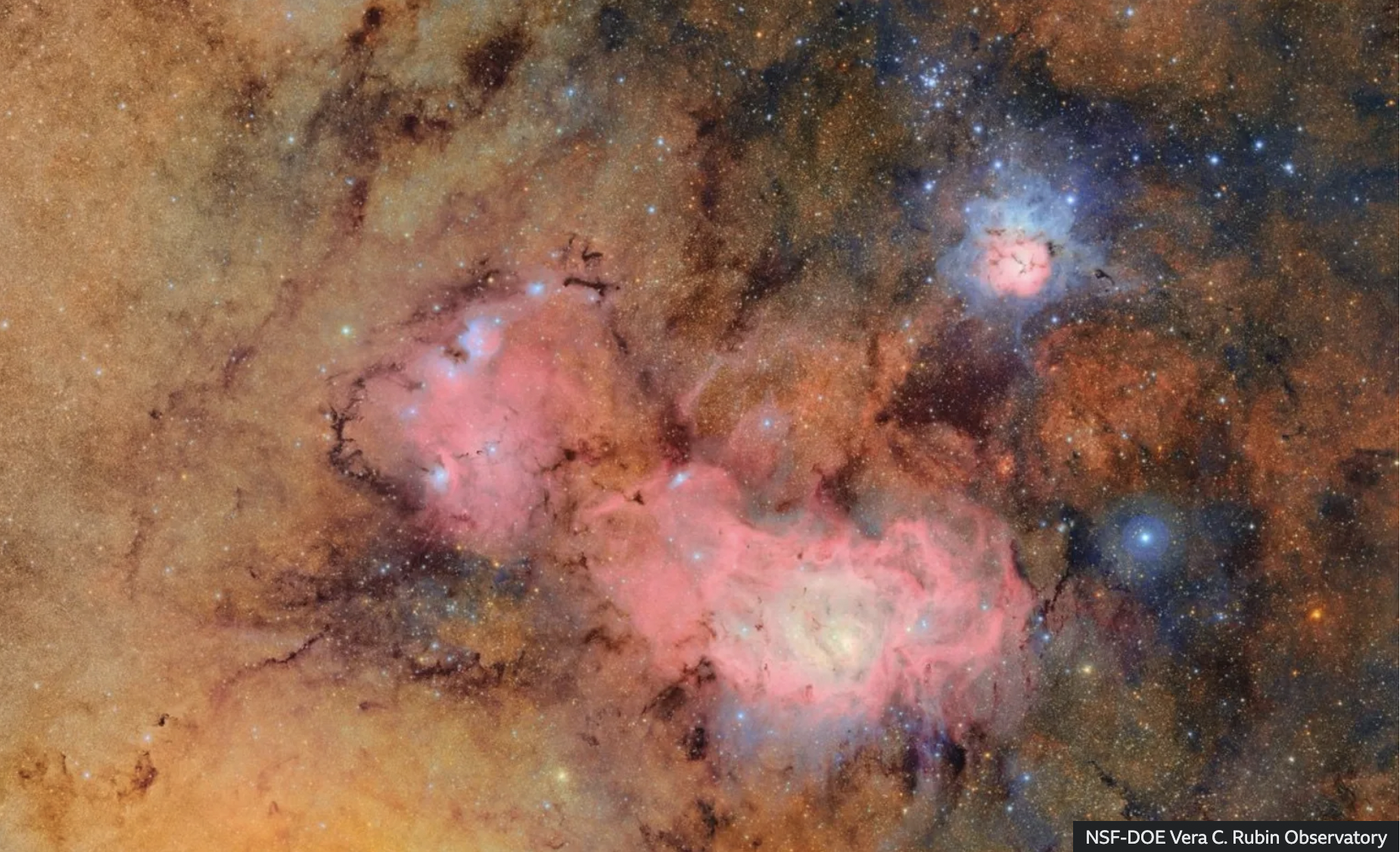
Welcome to the Rubin Era
June 23, 2025 | James Davenport | DiRAC
The Rubin Observatory released its first images to the world today… and our work will never be the same.
Read More »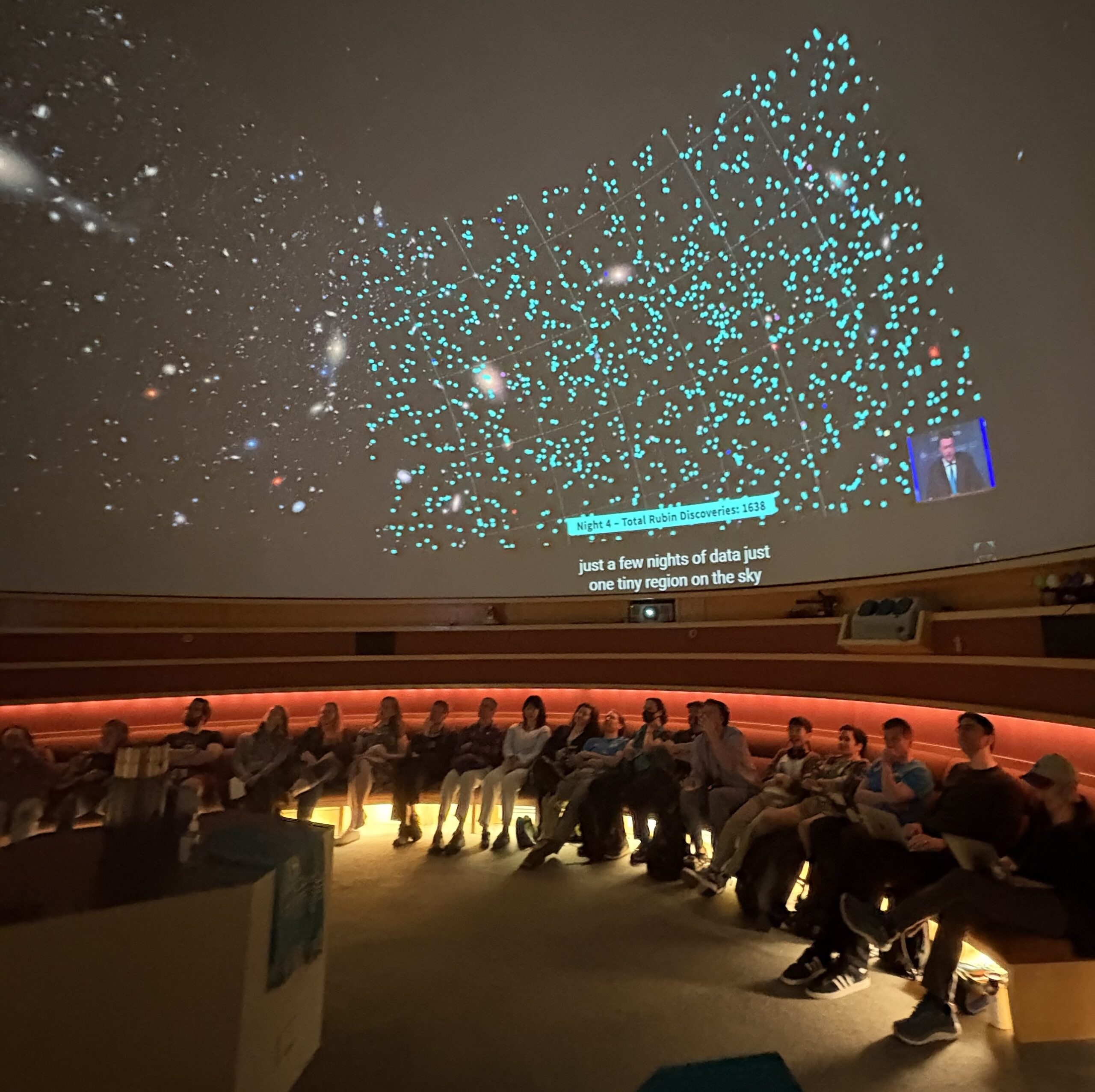
Vera Rubin telescope is pointing the world’s biggest camera at cosmos
June 22, 2025 | The Washington Post | By Joel Achenbach
The first batch of test images from the Vera C. Rubin Observatory is scheduled to be released Monday at 11:30 a.m. EST, followed by a news conference at the National Academy of Sciences in Washington.
Read More »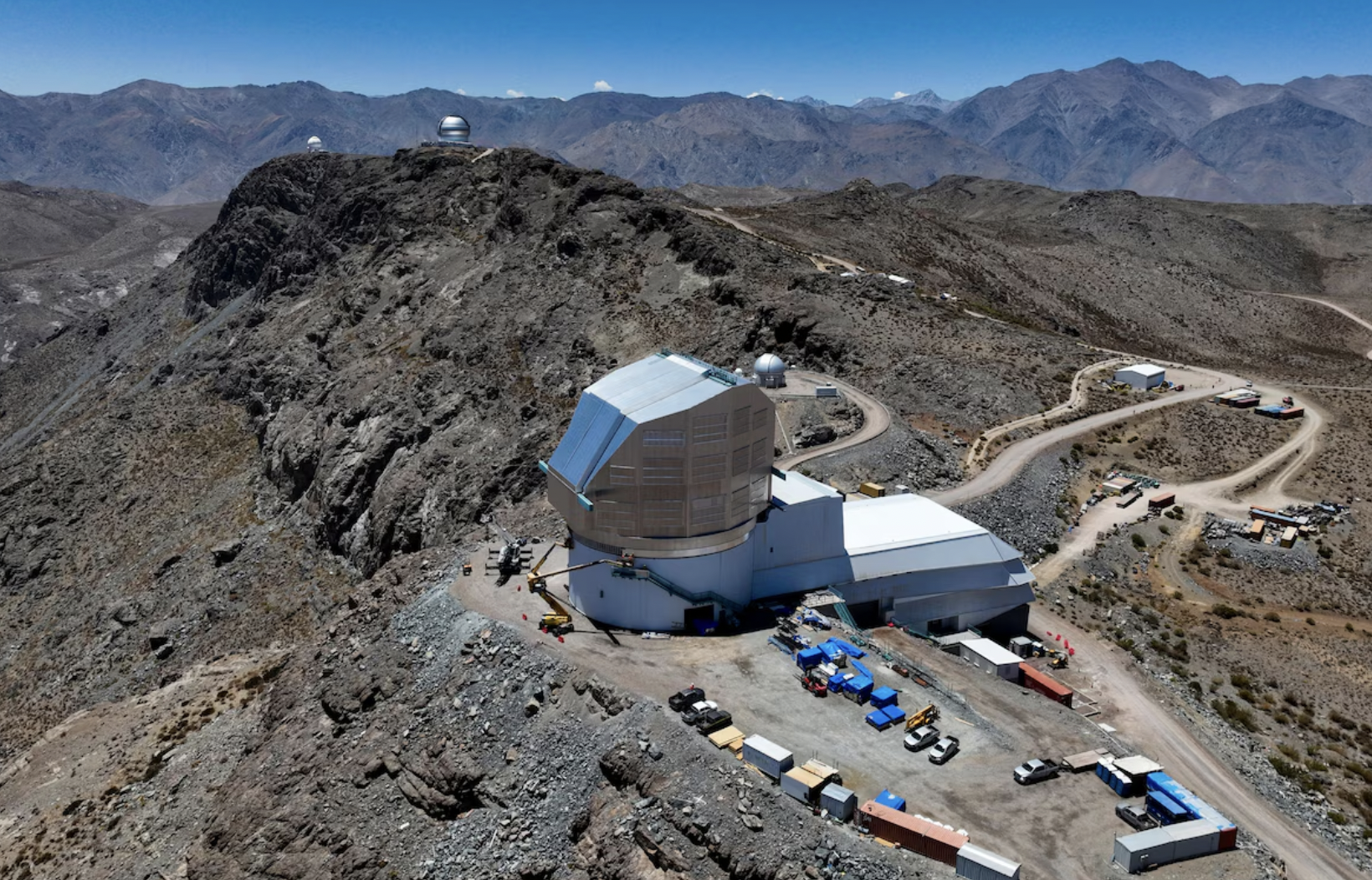
Earth’s Largest Camera Takes 3 Billion-Pixel Images of the Night Sky
June 20, 2025 | The New York Times | By Jonathan Corum and Kenneth Chang
At the heart of the new Vera C. Rubin Observatory in Chile is the world’s largest digital camera. About the size of a small car, it will create an unparalleled map of the night sky. The observatory’s first public images of the sky are expected to be released on June 23. Here’s how its camera […]
Read More »